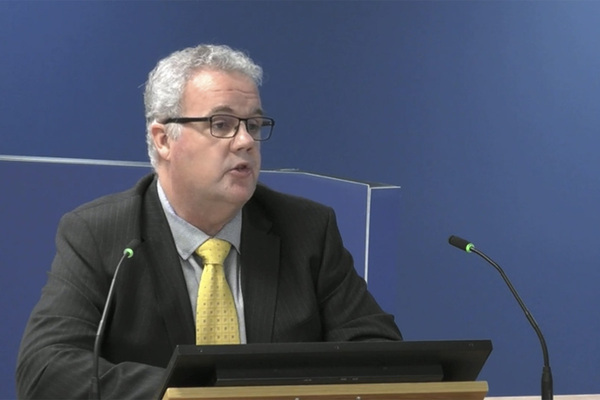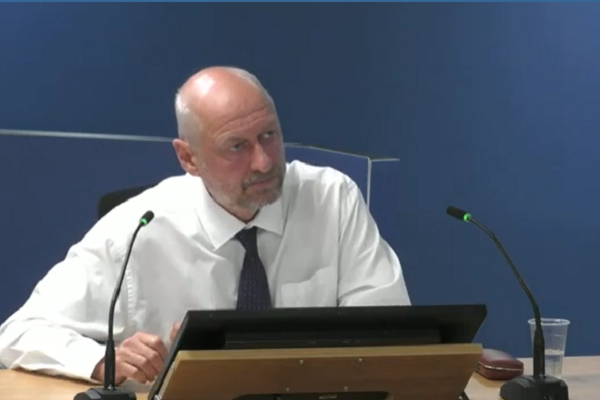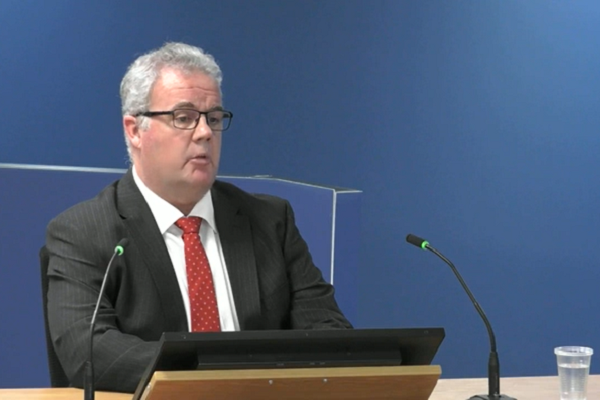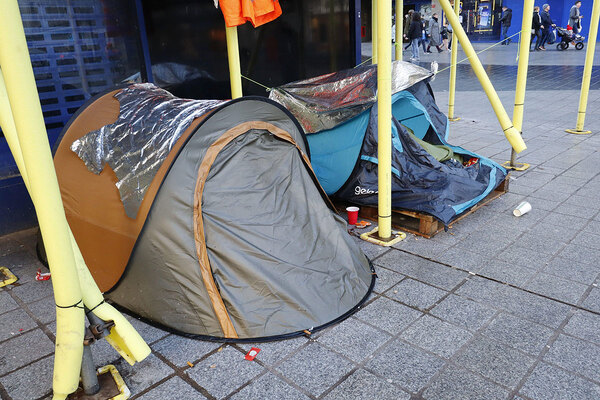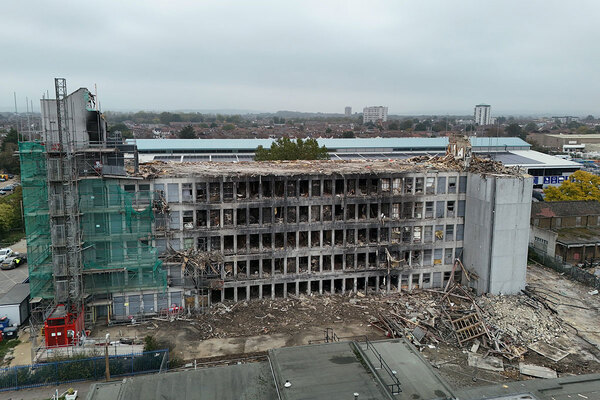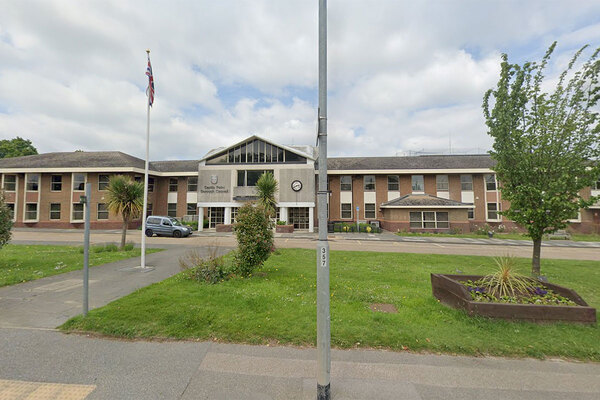You are viewing 1 of your 1 free articles
LFB manager wrote ‘scathing’ internal review of brigade’s post-Lakanal training
A senior figure at the London Fire Brigade (LFB) wrote a “scathing” unofficial review of training covering calls to trapped residents that was introduced by the brigade following a fire in 2009 in which six people died, the Grenfell Tower Inquiry heard today.
Today, Scott Hayward, former operations room manager at the LFB, continued to give evidence to the inquiry and was grilled about the training that was introduced for control room staff following the Lakanal House fire in 2009.
The inquiry was shown an email from 2011 that was written by Joanne Smith (then Stibbards), a senior operations manager at the LFB at the time, which criticised a series of powerpoints that were used in 2010 to train staff responsible for answering emergency calls – known as fire survival guidance (FSG) calls – during a fire.
“I finally got round to ‘reviewing’ the FSG training. It may be a good exercise for us all to do as my review is pretty scathing!” Ms Smith wrote.
Ms Smith’s review pointed out a number of mistakes with the powerpoints, including incorrect and contradictory advice on high-rise buildings.
“I feel if we were to take this powerpoint to the Lakanal board, we would be severely criticised. It fails to cover some issues we have already informed the board are dealt with. It is neither positive, grammatically correct and does not emphasise the alternative escape routes.” Ms Smith said.
Lead counsel to the inquiry Richard Millett QC also pointed out that some of the advice given on the powerpoints contradicted national fire safety guidance.
For example, the powerpoints emphasised the need to reassure the caller, despite national guidance stating that calming callers “may be dangerous in some circumstances”.
Mr Millet said internal investigations within the LFB following the Lakanal House fire found that “the problem had been identified that callers had been told by call handlers that fire crews would reach them quickly and that that was problematic because it created false reassurance”.
“Can you tell us why this wasn’t recognised or reflected in this training at this earlier stage?” he asked Mr Hayward.
Mr Hayward said changes were made to the presentations to reflect the lessons being learned from investigations into the Lakanal House fire, however the inquiry heard yesterday that changes to staff numbers in 2011 made it more difficult for training to be carried out.
“So as the presentations got better, the system for delivering them got worse,” Mr Millett said.
The inquiry then learned that the annual training being offered to control room staff in the years following its first introduction in 2010 deviated from what was originally promised to the coroner as part of the inquest into the Lakanal fire.
A decision was taken to change the role-play exercise to “passive” instead of “active”, meaning call handlers watched training staff act out calls rather than participating in calls themselves, while the length of the training was reduced from a full day to a half day.
Mr Hayward said he was not made aware of the changes at the time and agreed that the coroner had been “misled” by the LFB.
Once Mr Hayward was made aware of the changes, he sent an email to a colleague in which he said the changes to the training would make the LFB look “unprofessional in court”.
The inquiry also learned about multiple training exercises carried out by the LFB following the Lakanal fire that simulated a night in which control room staff receive a high number of calls.
On the night of the Lakanal fire, the LFB dealt with five concurrent FSG calls, these are calls in which the caller believes they are unable to leave their home due to a fire and a control officer remains on the line offering advice.
In the training exercises following the fire, the LFB simulated the experience of receiving three of four concurrent calls.
In his witness statement, Mr Hayward said it was not considered following the fire at Lakanal House that “multiple FSG calls would likely exceed five concurrent FSG calls in relation to a high-rise residential fire”.
According to report on phase one of the Grenfell Inquiry, the LFB received roughly 120 calls from residents inside Grenfell Tower on the night of the fire.
While not all of these calls will have been defined as FSG calls, the report said “the number and frequency of 999 calls, and in particular of FSG calls properly so called, was wholly unprecedented, exceeding by many times the number received in connection with the Lakanal House fire, which itself was a major event”.
The report found “serious shortcomings” within the control room, including failing to tell residents affected by fire to leave and offering assurances that they would be rescued, which “lulled [residents] into a false sense of security”. It said these failures were “systemic in nature”
The inquiry continues with evidence from Mr Hayward tomorrow.
Sign up for Inside Housing’s weekly Grenfell Inquiry newsletter
Each week our sister publication Inside Housing sends out a newsletter rounding up the key news from the Grenfell Inquiry, along with exclusive analysis of what it all means for the social housing sector.
Already have an account? Click here to manage your newsletters
